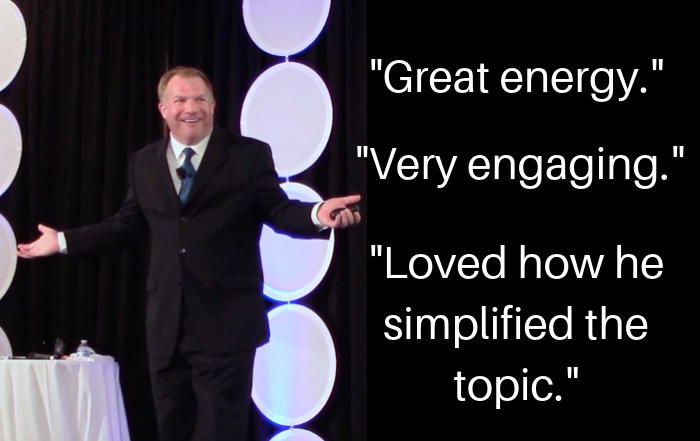 If the old way of doing things isn’t working as well as it used to, then you should consider whether you need to change your default settings. Default settings refer to the factory set levels on a piece of equipment or software. They are a manufacturer’s guess for what you need.
If the old way of doing things isn’t working as well as it used to, then you should consider whether you need to change your default settings. Default settings refer to the factory set levels on a piece of equipment or software. They are a manufacturer’s guess for what you need.
While we may not think about them, people have default settings. These habits represent a certain way you do business or react to situations. Over time these go-to moves may produce diminishing returns.
It’s not that they’re bad but some adjustments may be necessary. If you have the courage to examine how you can handle things better, then you can energize your career, while also reducing problems like workplace stress.
Let’s highlight three areas where you may want to change your default settings:
Listening
Does it seem like a lot of mistakes are happening around you. These may be little misunderstandings, like the start time of a meeting.
Is it possible you’re part of the problem because you’re not listening well? Maybe you need to slow down, just a little, to make sure you’re processing the information correctly.
A simple way to do this is to repeat out loud the information you’re received.
Related to listening, are you in too much of a rush to say what you want to say, versus listening to the other person? It’s an easy habit to develop. Break it by making sure you don’t start talking until the other person has finished.
Change Your Default Settings for Meetings
Have your meetings become stagnant? You feel like you spend a lot of time in them but don’t get much done.
If possible, maybe the starting time needs to change, the format, or the length of the session. It’s possible your team or business may have evolved or outgrown beyond your current meeting process. Here are some other suggestions.
Making some tactical adjustments may improve your meeting quality, leading to increased productivity and employee engagement.
Stress
You know work will bring some stressful moments. How do you handle them? Are you prone to outbursts or do you internalize the stress? Would a different default setting serve you better?
Think about overturning your desk in anger. While it may feel good in the moment, you later have to clean up the mess, both physically and how you’re perceived.
Maybe, this isn’t the best course of action and a different reaction is needed. There’s no one way to respond to stress but awareness can lead to improvement.
A good starting point is to run a past event, where you didn’t handle stress well, on an instant replay in your mind. Did your reaction improve things and if you could do it again, how would you proceed?
Use this as the basis for when you’re in a similar situation. Pausing before reacting is a powerful choice.
Final Thought
A little time spent on professional development opens the door to becoming a better leader.






